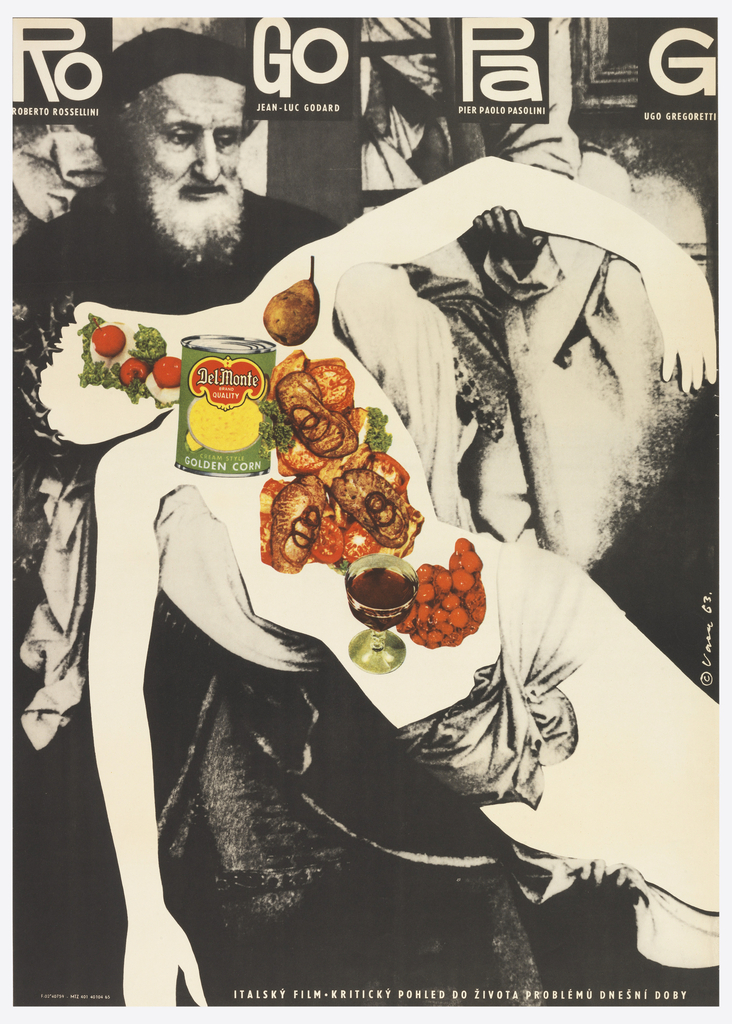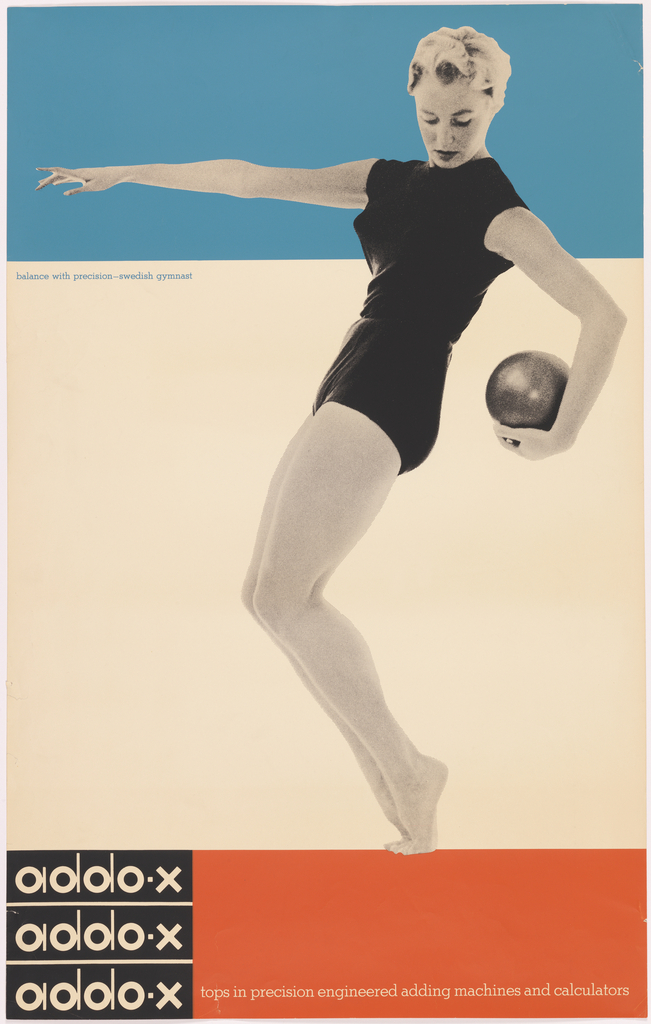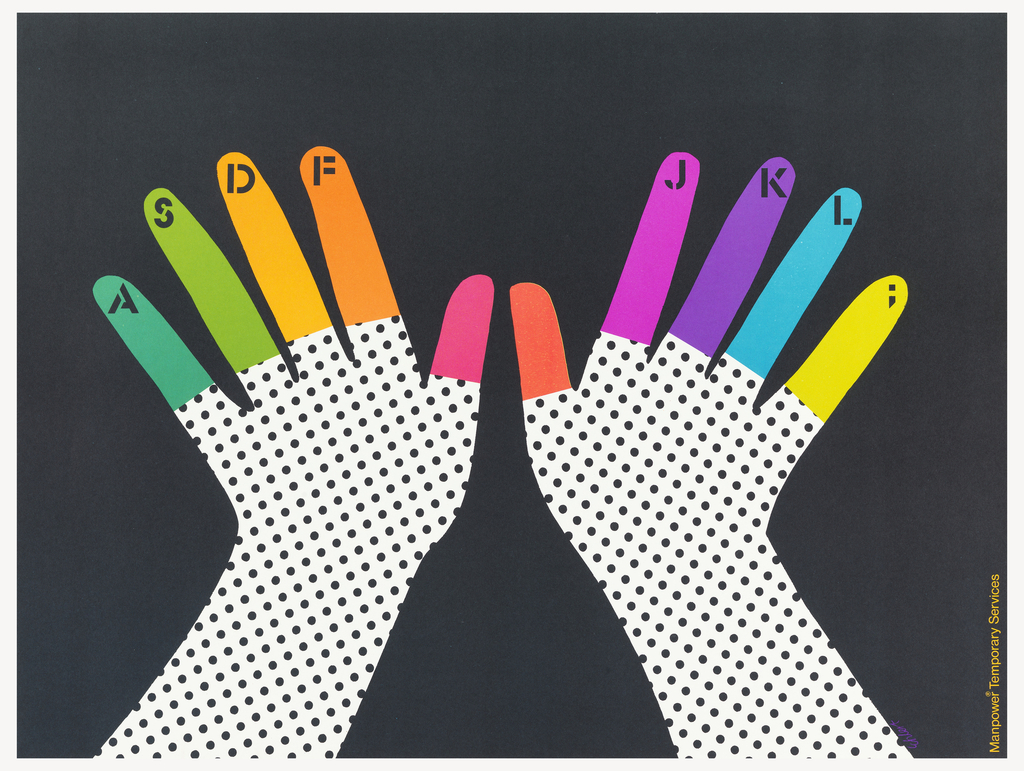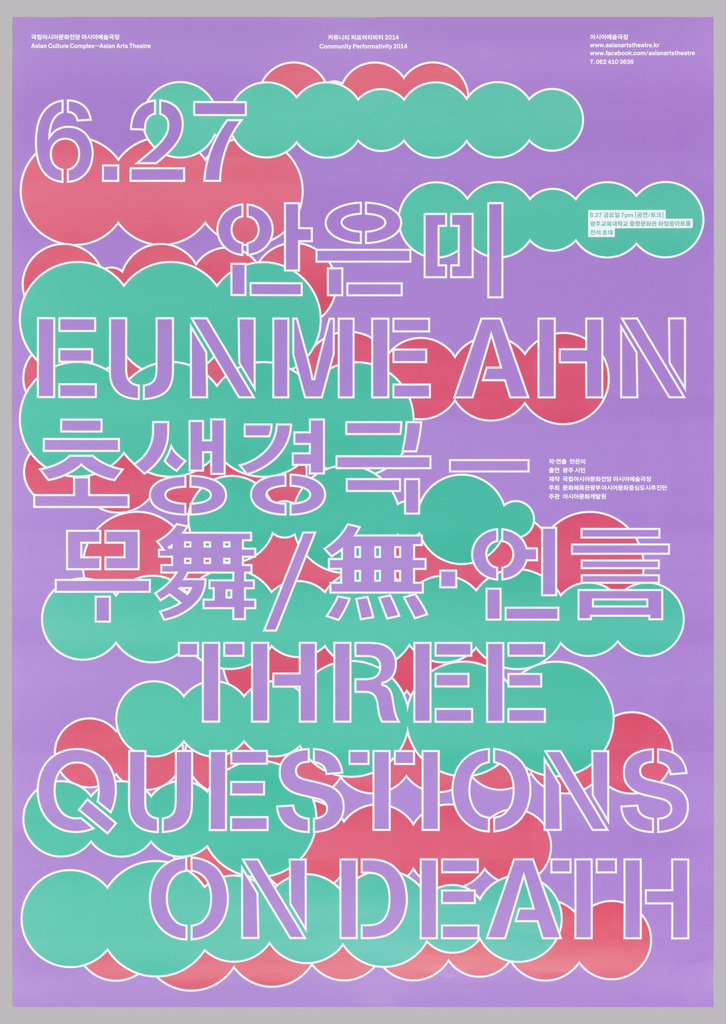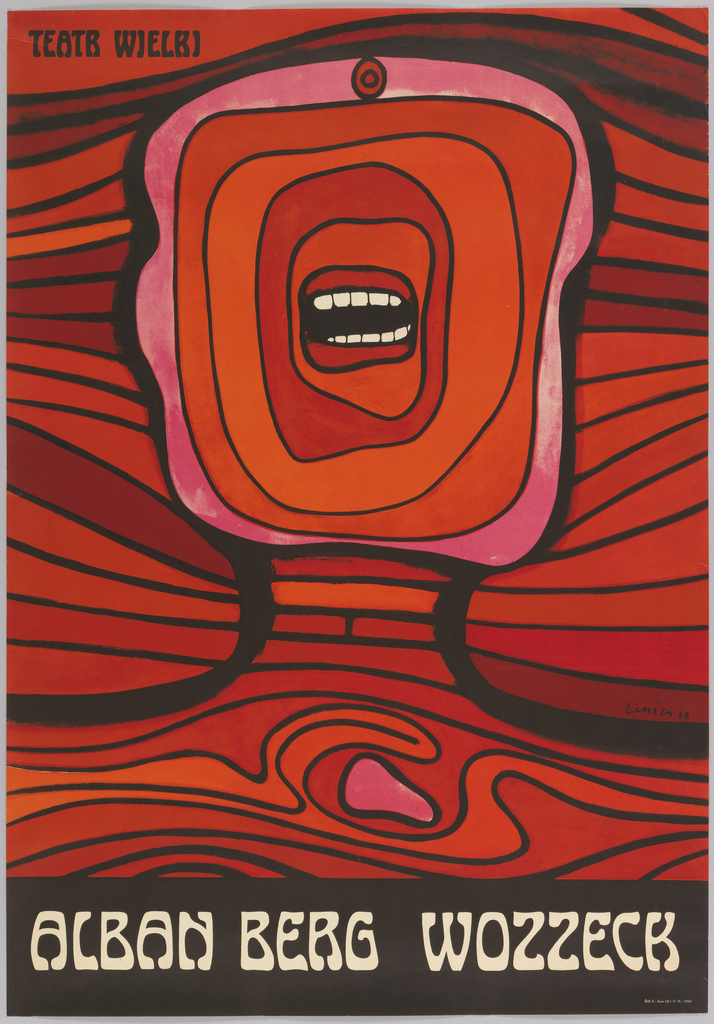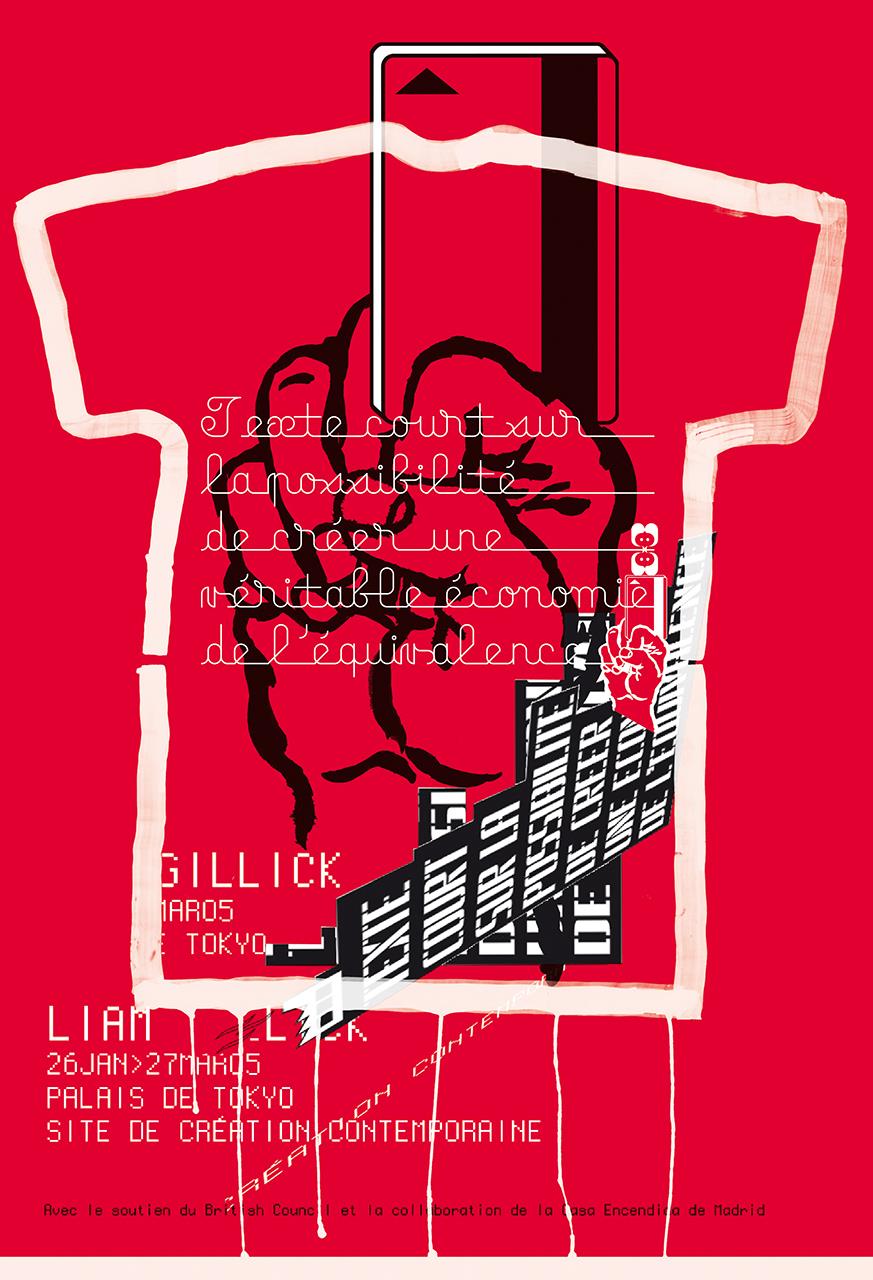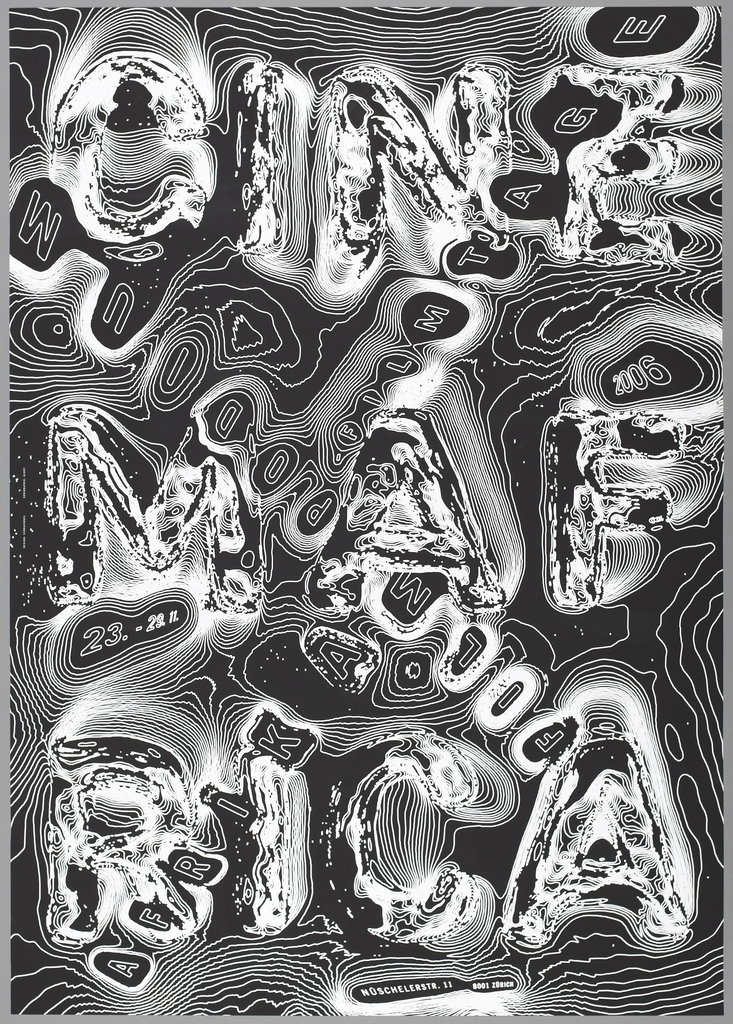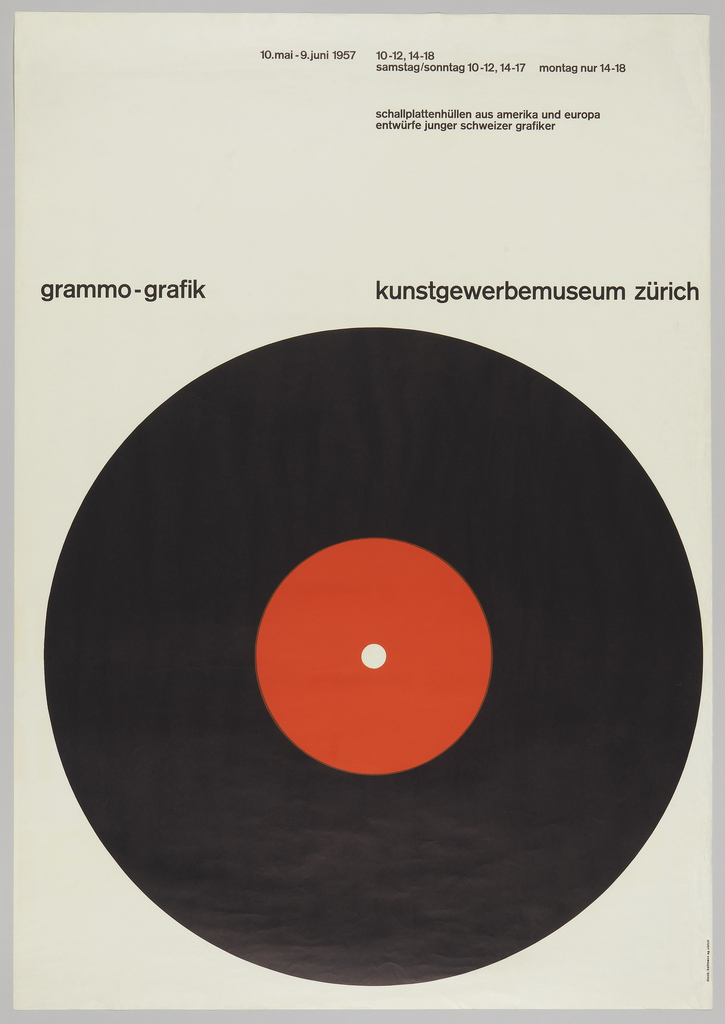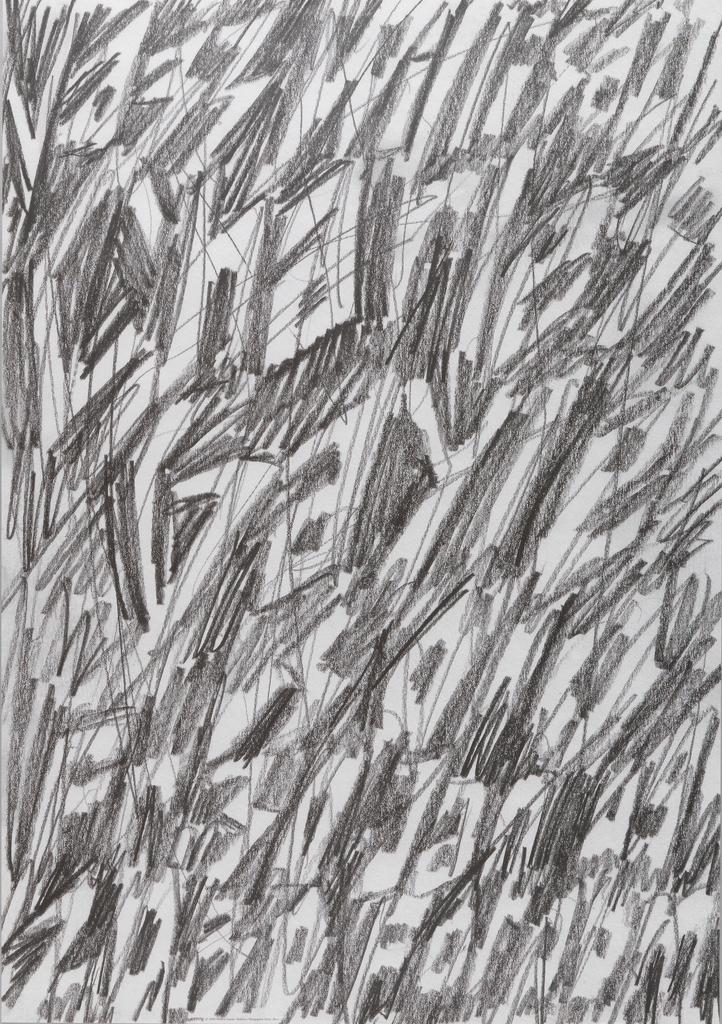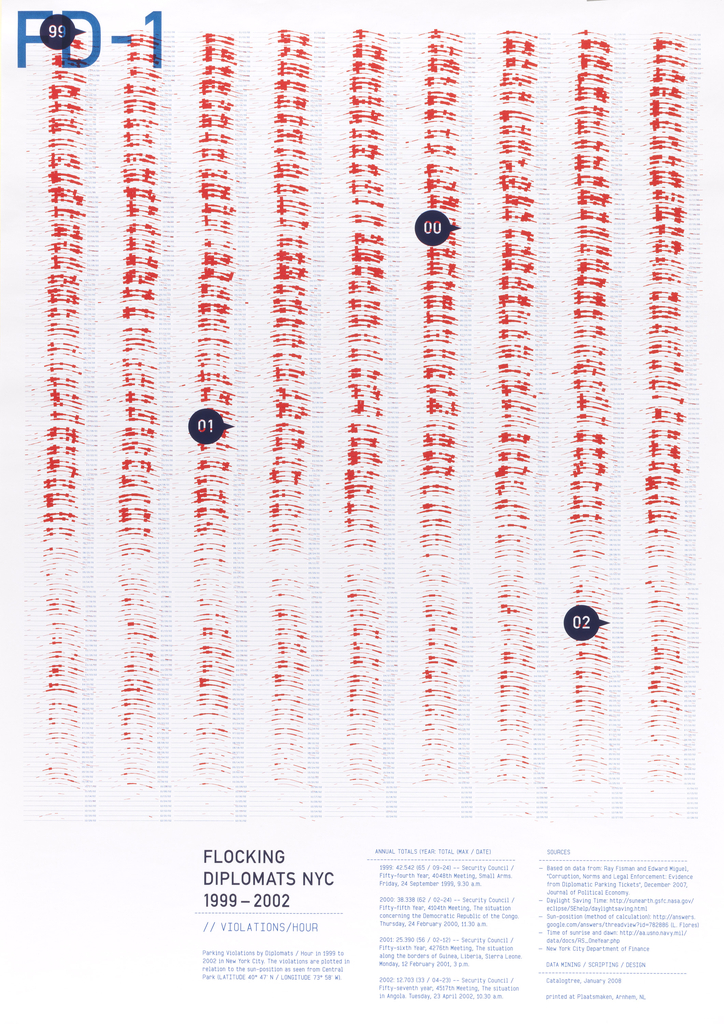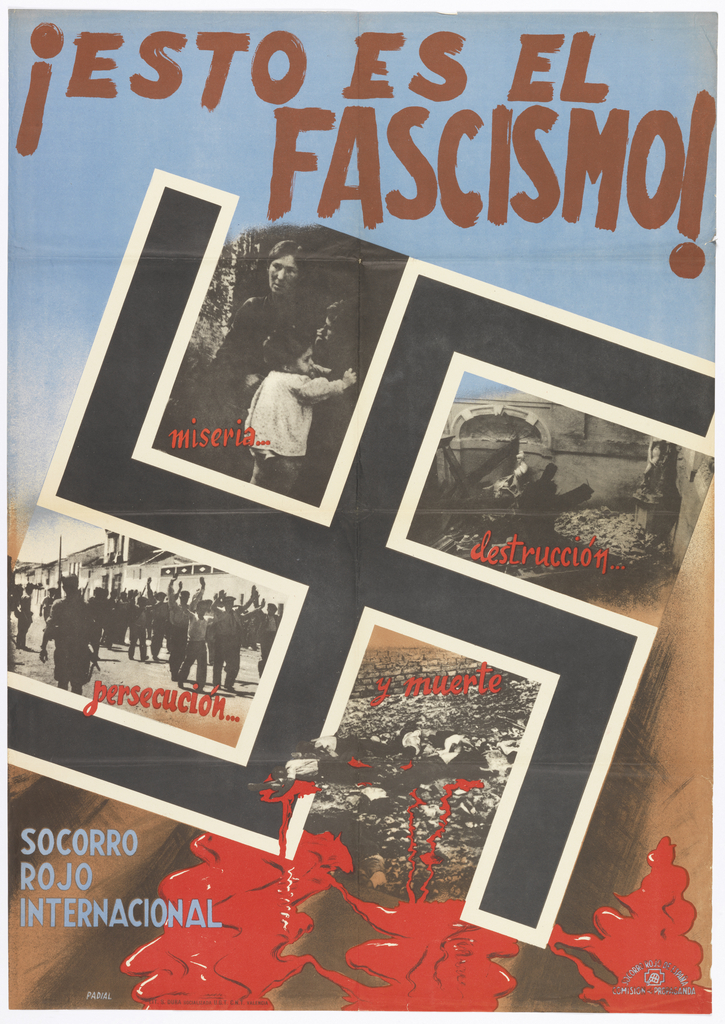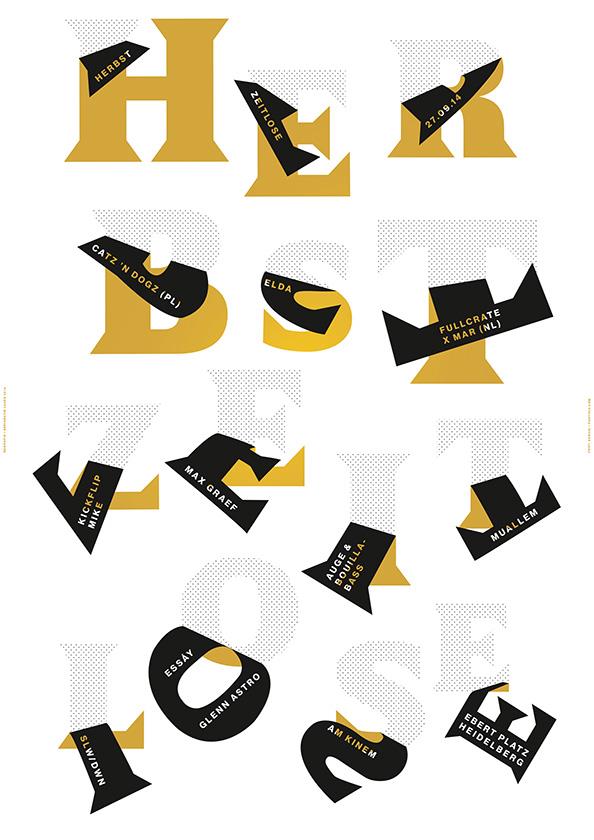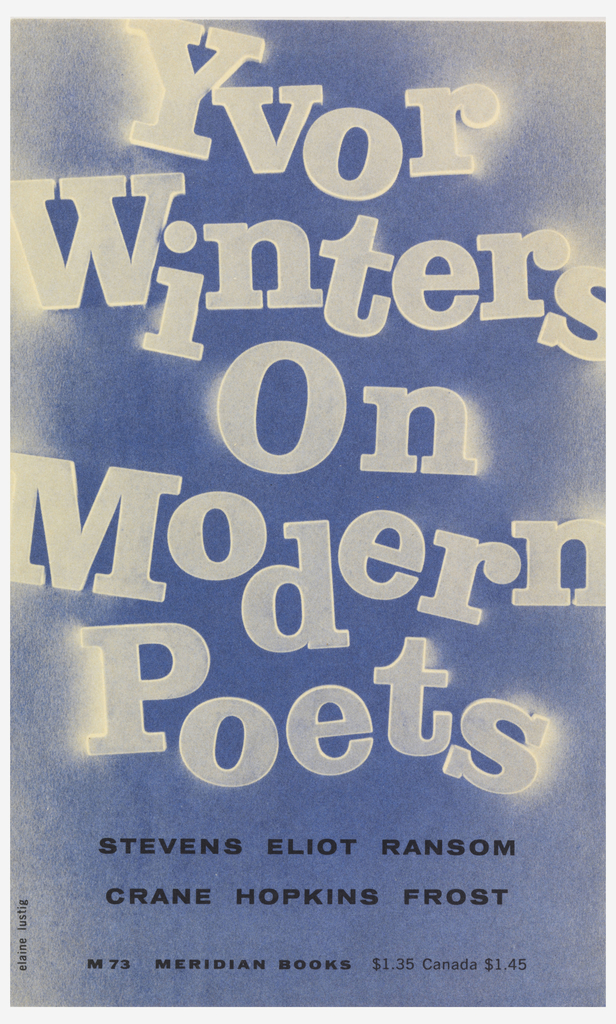For her poster campaign for the Ad Council of Japan on the theme “Media Literacy Is an Imagination,” Shiro Shita Saori turned to the classic Japanese proverb of the three wise monkeys, who embody the maxim “See no evil, hear no evil, speak no evil.” This poster plays on the first element of the maxim,...
Since the Dada revolution, designers and artists have chopped up glossy magazines in their search for raw materials. To create this poster for a festival of contemporary avant-garde films, the designer cut away the body of Christ from a blown-up of a Renaissance painting. The blank space where the body used to be becomes a...
We see posters not only with our eyes but with our bodies. In this sense, we respond physically to the taut pose of the elegant athlete in Ladislav Sutnar’s 1958 poster for Addo-X. Sutnar created a bold new logotype for the Swedish office machine brand in 1956; he also designed numerous posters and advertisements for...
Lois Ehlert is a children’s book illustrator who also worked as a graphic designer in Milwaukee, Wisconsin. In the late 1970s, she created this remarkable series of posters for Manpower Temporary Services, a Milwaukee-based agency that connects temporary office workers with companies. Ehlert derived her bright, playfully simplified images from everyday office culture. Ellen Lupton...
For their poster publicizing dancer Eunme Ahn’s performance of Three Questions on Death, Sulki & Min designed text in a style that recalls stenciled letters, their nod to the impermanence of the performance held before the opening of the Asian Arts Theatre, Asian Culture Complex in Gwangju. Cloudlike bubbles, culled from poster designs advertising earlier...
Jan Lenica was a leading figure in the Polish School of Poster Art, a term he coined in 1960 in the Swiss magazine Graphis. This poster depicts a scene from of Alban Berg’s atonal opera Wozzeck. The opera’s title character stabs the mother of his child in a fit of jealousy and then throws the...
In 2005, artist Liam Gillick was disappointed by the poster originally designed and displayed by Le Palais de Tokyo in Paris on the occasion of his exhibition Texte court sur la possibilité de créer une véritable économie de l’équivalence [Short text on the possibility of creating an equivalence economy]. Gillick personally commissioned M/M (Paris) to...
Swiss graphic designer Ralph Schraivogel is known for his astonishing posters for cultural institutions, each one resulting from intensive visual exploration. Schraivogel creates surfaces that boil and undulate with strange energy—in Cinema Afrika (2006), swirling contour lines give rise to colliding texts. from the words “Cinema Afrika” resemble topographic lines on a map. In...
In 1966, Italian designer Bruno Munari poked fun at the commonplace design solution of putting a big circle in the middle of a poster. In his essay “Posters with a Central Image,” Munari wrote, ““The eye is attracted by the dark disc and has no way of escaping.” He may have had this famous poster...
In 1975 Swiss graphic designer Niklaus Troxler founded the Willisau Jazz Festival, which he directed until 2009. His series of posters for the festival represents an ongoing study in design process, as Troxler explored diverse means to create letterforms outside the norms of typography and typefaces. As variations on a theme, the posters reflect on...
It is fascinating to compare the visual concept behind Hans Hillmann’s poster Panzerkreuzer Potemkin (Battleship Potemkin) for the 1966 German rerelease of Sergei Eisenstein’s 1925 film with that of Stanislaw Zamecznik’s for the same film dating a year later in Poland. It is hard to imagine a more minimalist design than Hans Hillmann’s striking composition....
Data visualization is the art and science of creating graphic representations of numerical data. The Flocking Diplomats series consists of multiple visualizations of a rich body of data concerning the parking violations of international diplomats in New York City. This conceptual project employs the poster as a research tool, much as “posters” are used in...
In 1996, colleagues at the Museum of Modern Art recommended to a donor that Cooper Hewitt be offered an opportunity to review a collection of rare posters from the Spanish Civil War (1936–1939). These had been gathered by journalist William Mangold, who worked for the new Republic in Spain during that war. Thirty posters representing...
As digital screens become increasingly prevalent, the printed poster has taken on new roles. For his commemoration of the transition from summer to fall in his poster Herbstzeitlose (Autumn Crocus), Götz Gramlich created both a digital animation and a screenprinted poster around the same design concept. In the animation, the letters peel away one by...
Designer and artist Elaine Lustig Cohen was married to Alvin Lustig from 1948 to 1955. She managed her husband’s studio, serving as a secretary, production assistant, and draftsperson—the “office slave,” as she recalls. As Lustig lost his eyesight to diabetes, he increasingly relied on his wife to execute his concepts. Following Lustig’s death in 1955,...

